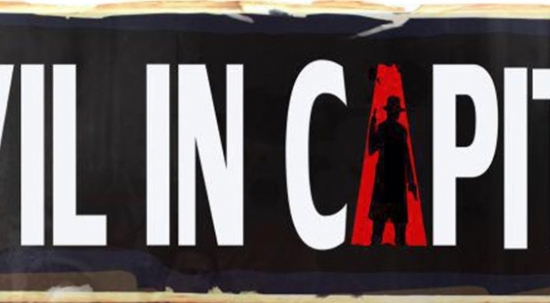It’s safe to say that the growth of mobile games that has reached new heights in the year 2017, is having a considerable effects on the industry as a whole. Iran’s video game market may have felt the rush of video games more than the sum of the world. On the other hand, we’ve seen a surge of sophistication developing and urging the audience to choose the games they play more wisely. This has led to production of better statistics and analytics that show what do Iranian mobile gamers play and gain better grasp of the dominant tastes in Iran’s current market.
This study, is the result of a series of analysis on a survey by the Digital Games Research Center (DIREC) in the year 1396 (December 2017- March 2018). The statistical population for this research is comprised of 8000 people and mixed method sampling (Cluster sampling – Multilevel sampling) was used for this project. The first level clusters accommodated all the provinces of the country and on the next levels, cities and towns are covered. This report is dedicated to a specific part of the report called: “what do they play, and how they play them?”
The majority of Iranian mobile gamers are “smartphone gamers”.
The majority of Iranian mobile gamers use their smartphones to play games rather than tablets. This amounts to 67 percent of the Iranian gamers’ society. We may deduce that the accessibility of a cell phone and its ability to multitask plays an important part for this preference by the users. In other words, contrary to many tablet owners, they haven’t embraced this medium for the sole reason of playing. More precisely, 65 percent of mobile gamers use smartphones, 13 percent use tablets, and 22 percent use both types to play games. It’s important to mention that 44 percent of the revenue made in the market is made through mobile gamers.
It’s good to know that 89 percent of the mobile users in Iran are mobile gamers too. But there’s a big difference between these statistics and the ones mentioned above. This percentage of the users’ first choice for plying games is through mobile devices, not home consoles or personal computers. Also, 84 percent of the whole revenue of video games in Iran is generated through the mobile gamers.
An Iranian game among the top three choices for Iranian gamers
As we mentioned, Iranian gamers have developed and realized their taste in the recent years and most of their games of choice are limited to a few genres. Iranian gamers have chosen games from the genres of puzzle, platformer/ runner, arcade, racer and sports respectively.
If we go further into detail, we may see that the top three games in Iran in year 96 (December 2017- March 2018) are Clash of the Clans, Baghlava and Clash Royale. If we further divide this into two groups of males and females, for men, we’ll have Clash of Clans, Clash Royale and Baghlava on top and for women, Baghlava, Pou and Clash of Clans occupy the top three positions.
Android, the most popular OS
The categorization of games have also been done from other aspects. But before we go into detail, let’s first see what operating systems are most popular in Iran: 95 percent of the Iranian users use Android. Another 4 percent use iOS and finally, 1 percent use other systems like Windows Phone. With knowledge of these statistics, the top games for each operating system is as follows: “on iOS, Candy Crush, Soccer Stars and Clash Royale were played more than other titles. On the other hand, the Android users tend to spend their time playing Clash of Clans, Baghlava and Clash Royale. One still has to bear in mind that the majority of the users in Iran, use Android, playing a huge role into shaping the statistics.
Samsung, the most popular brand
Iranian mobile users, use Samsung devices more than other brands to play video games. After Samsung, sit Huawei, Lenovo and Apple.
The ratio of internet access for Iranian users is 83 percent which is significant. But about only 49 percent of the users play online games. On the other hand, 89 percent of the user rather play offline games (the users who play online games, aren’t necessarily fans of these types, but play offline too.)
With an Iranian game coming on top and competing with foreign products, can do well to serve policy-makers, investors and especially independent developers with a guide map for future developments. This should also be taken into account that development of multiple copies a particular product may lead to overabundance in a market. So developers should take heed to develop more original games that follow the popular patterns in the society of gamers.




